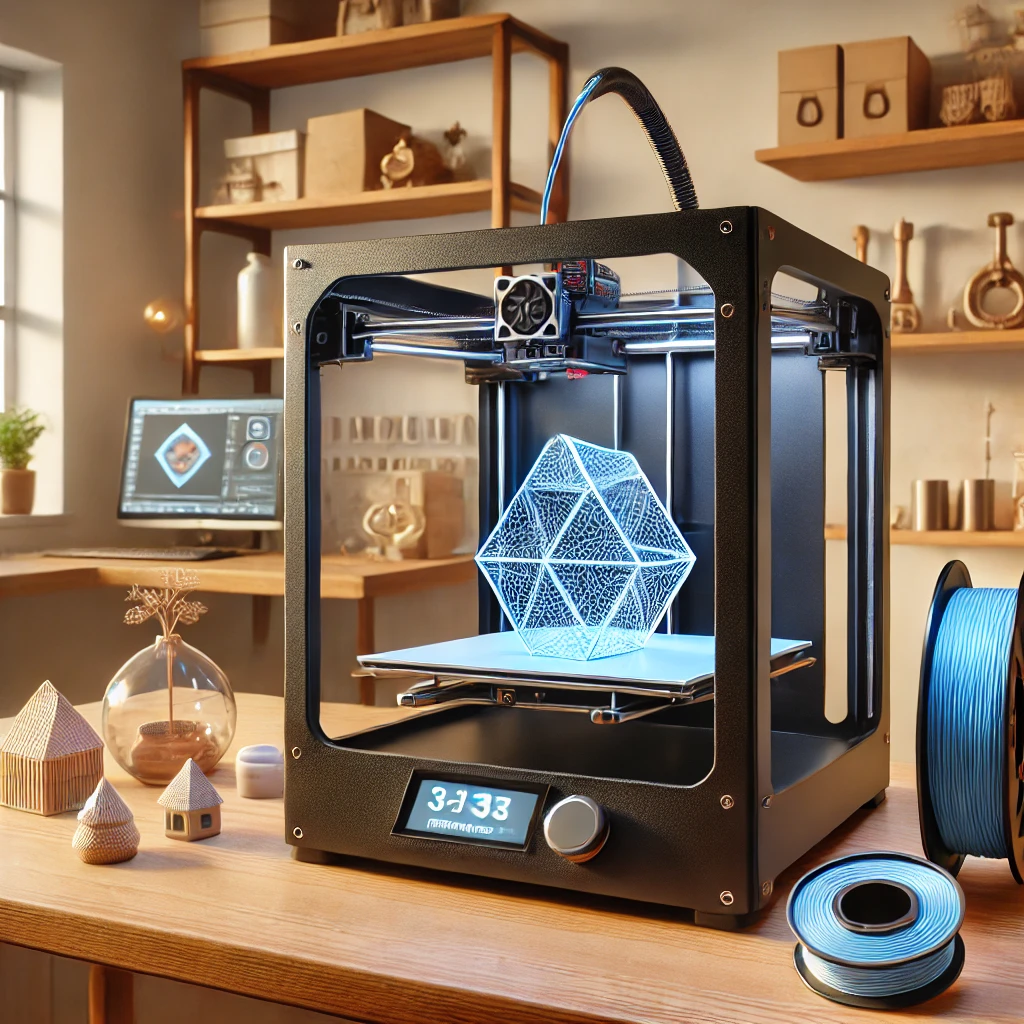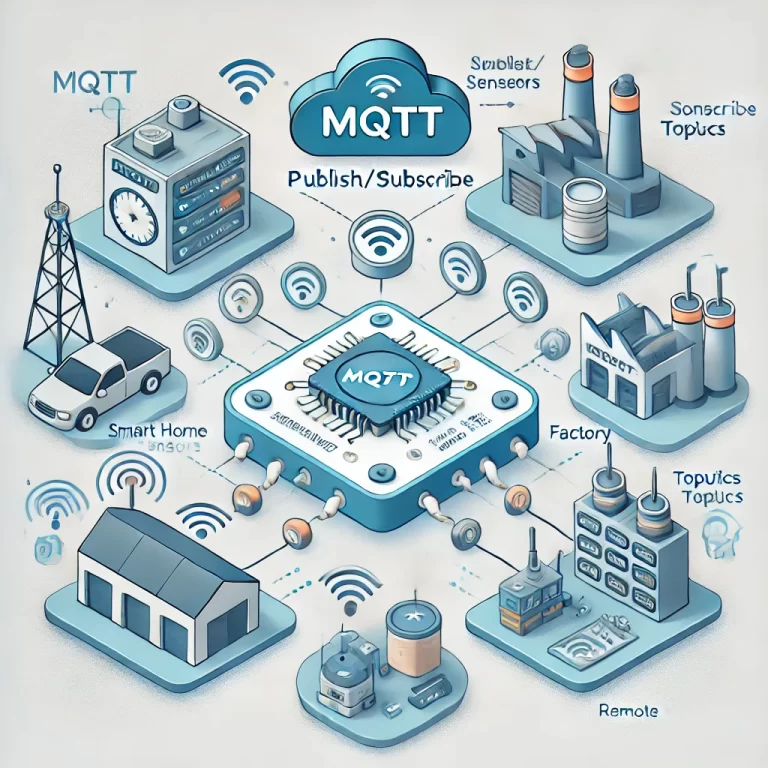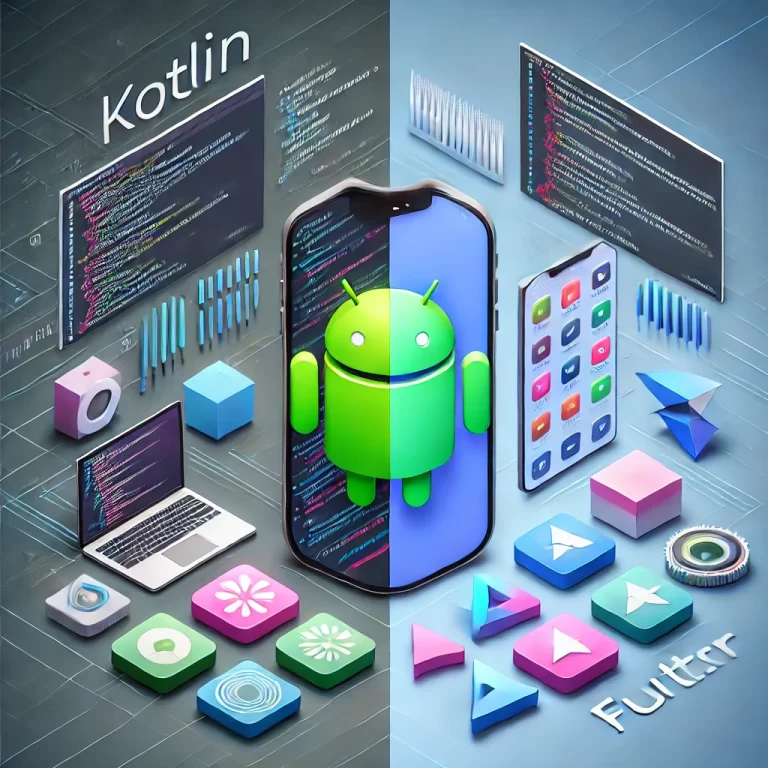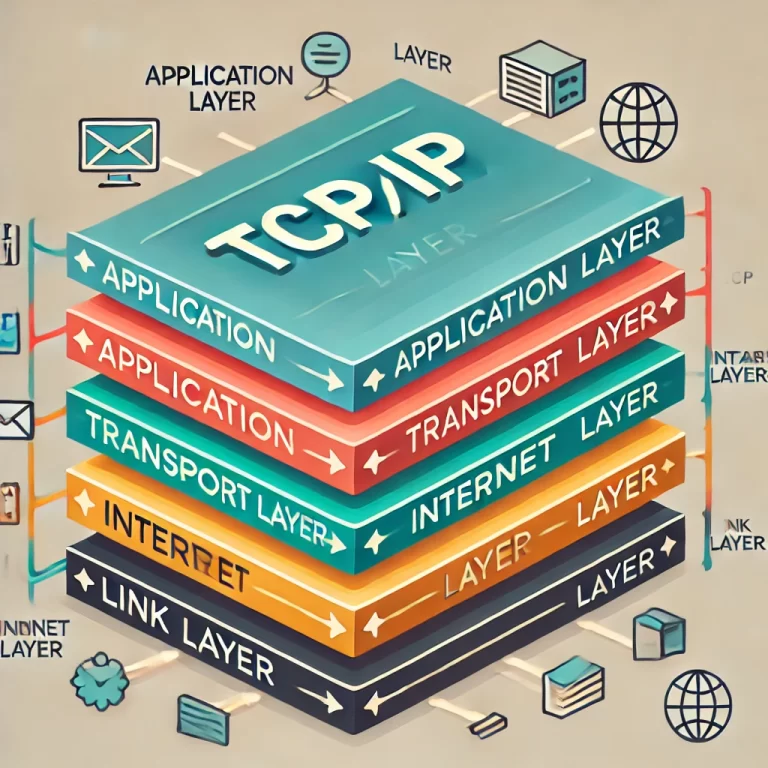3D printing has become increasingly popular over the years, moving from a niche hobby to a versatile tool used in various industries, including education, manufacturing, and even home use. If you’re looking to buy a 3D printer, whether for personal projects or professional needs, there are several key factors to consider to ensure you make the right choice. Here’s a guide to help you navigate the world of 3D printers and make an informed decision.
1. Purpose and Use Case
The first step in choosing a 3D printer is understanding your specific needs. Are you buying a 3D printer for casual use, like creating small toys or prototypes? Or do you need it for more complex tasks, such as manufacturing parts or educational purposes? Identifying your primary use will help narrow down the types of 3D printers that are suitable for you.
- Hobbyist Use: If you’re a beginner or plan to use the printer for simple projects, a basic Fused Deposition Modeling (FDM) printer might be the best choice. These are generally more affordable and easier to use.
- Professional Use: For more detailed work or industrial applications, you might need a printer with higher precision, such as a Stereolithography (SLA) printer or a Selective Laser Sintering (SLS) printer.
2. Print Quality and Resolution
Print quality is a critical factor to consider, especially if your projects require a high level of detail. The print quality of a 3D printer is often determined by its layer resolution, which is measured in microns. A lower micron value indicates finer detail and smoother surfaces.
- Layer Resolution: Most standard FDM printers have a layer resolution between 50 to 300 microns. If you require very fine details, look for a printer with a lower micron rating.
- Precision and Accuracy: Higher-end printers like SLA and SLS offer better precision and can produce more intricate details, which is essential for professional-grade work.
3. Build Volume
Build volume refers to the maximum size of the objects that a 3D printer can produce. If your projects require printing larger objects, you’ll need a printer with a larger build volume. However, remember that larger printers may also be bulkier and more expensive.
- Small to Medium Projects: A build volume of around 150 x 150 x 150 mm should suffice for most household and small professional projects.
- Large Projects: If you’re planning to print bigger objects, look for printers with build volumes larger than 300 x 300 x 300 mm.
4. Material Compatibility
Different 3D printers are compatible with various types of materials, which can significantly impact the durability, flexibility, and appearance of your printed objects.
- FDM Printers: Commonly use PLA, ABS, PETG, and other thermoplastics. They are versatile and suitable for most general-purpose projects.
- SLA Printers: Use liquid resins that are cured with a laser, offering high detail and smooth finishes, ideal for jewelry, dental models, and other high-precision applications.
- SLS Printers: Utilize powdered materials, including plastics, ceramics, and metals, providing durable and strong parts for industrial use.
5. Ease of Use and Maintenance
If you’re new to 3D printing, you might want a printer that is easy to set up and use. Some printers come pre-assembled, while others require some assembly. Additionally, consider the printer’s software compatibility and the availability of customer support and community resources.
- Assembly: Pre-assembled printers are generally easier to start with but may be more expensive. DIY kits offer a more hands-on experience and are often cheaper but require more technical knowledge.
- Software: Ensure the printer is compatible with user-friendly software and has good support for different file formats like STL, OBJ, and G-code.
- Maintenance: Consider the ease of maintaining the printer. Regular tasks like changing the filament or cleaning the print bed should be straightforward and not require specialized tools or knowledge.
6. Cost and Warranty
Lastly, your budget will play a significant role in determining which 3D printer to buy. Prices can range from a few hundred to several thousand dollars depending on the features and capabilities.
- Budget-Friendly Options: Basic FDM printers can cost anywhere from $200 to $500, making them suitable for beginners and hobbyists.
- Mid-Range to High-End Printers: Professional-grade printers like SLA and SLS can cost between $1,000 to $5,000 or more.
- Warranty and Support: Check the warranty and support options offered by the manufacturer. A good warranty can save you money and stress in case of technical issues.





